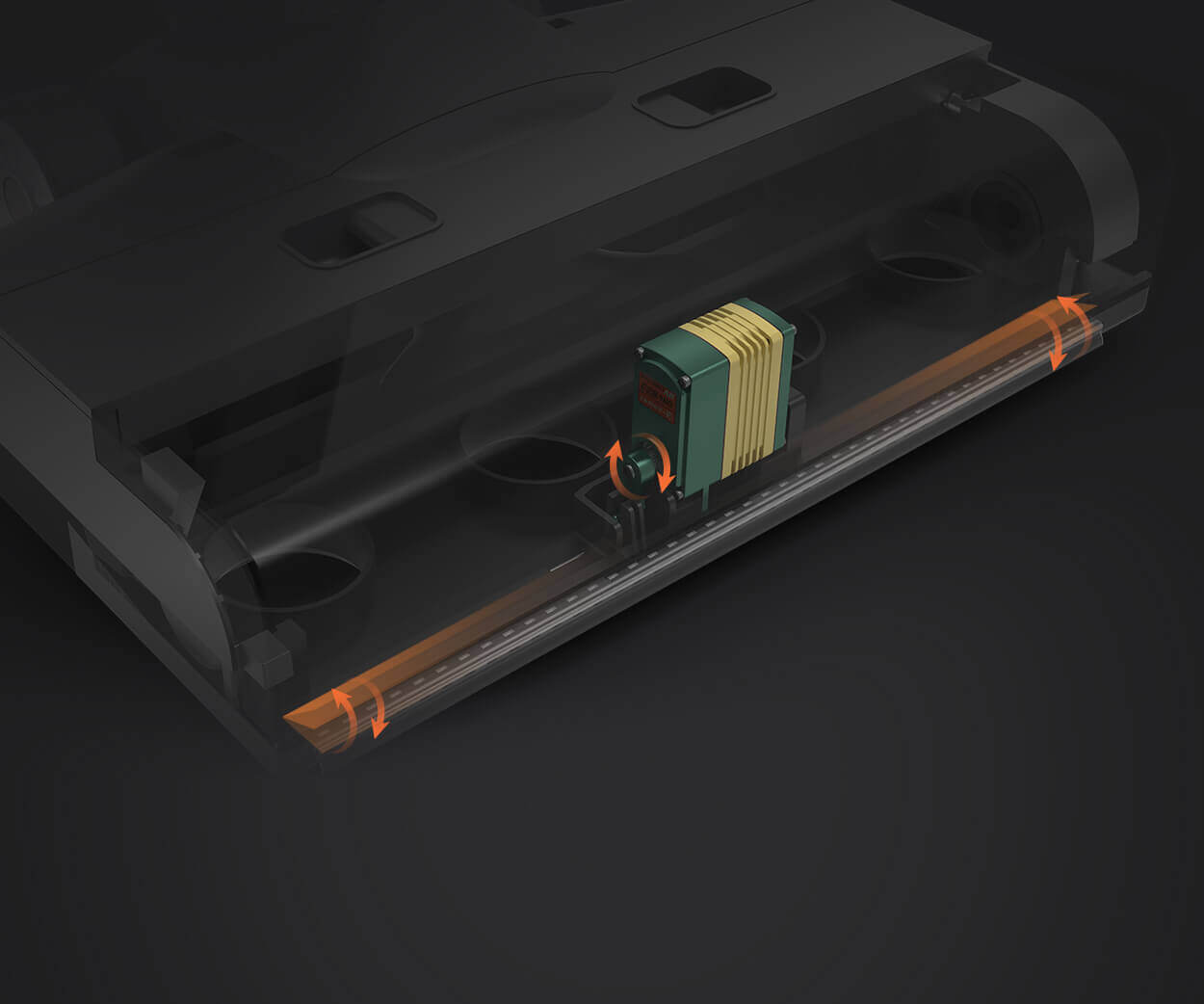Picture this: you're spinning up a bustling microservices environment. You’ve got dozens, maybe hundreds of tiny apps talking to each other, working in tandem to deliver seamless user experiences. But what happens when one service starts getting sluggish or goes completely offline? Chaos can quickly erupt. That’s why resilient architecture isn’t just a buzzword. It’s a lifeline. Enter the circuit breaker — your guardian angel in the chaotic world of microservices.

Now, you might wonder, what exactly is a circuit breaker in this context? Think of it like a circuit in your house. When too much current flows through or a fault occurs, it trips, shutting off power to prevent damage. Similarly, in microservices, a circuit breaker monitors interactions between services. When one service starts failing repeatedly, the circuit breaker trips, blocking further requests to that service. Instead of hammering a struggling service with endless retries, it signals to the system, “Hey, something’s off — give it a rest.”
This mechanism isn’t just about shutting things down; it’s about safeguarding the whole system from cascading failures. Imagine a chain of dominoes. One tilt, and if unchecked, the entire row falls. The circuit breaker acts like a gentle touch that prevents the first domino from toppling. When the faulty service recovers, the circuit breaker resets, allowing normal flow to resume. It’s all about balancing resilience with performance, keeping the system healthy without unnecessary delays.
You might ask, “How does this translate into real-world benefits?” Well, it’s pretty straightforward. It keeps your system responsive. It improves uptime by preventing overloading failing modules. Plus, it offers a way to implement fallback strategies—like serving cached data or default responses—so users don’t experience complete blackouts. Transparency is key here. Developers can configure thresholds — like how many failed attempts trigger the breaker and how long it stays open — based on their specific needs.
Some may think, “Is this complex to implement?” Not really. Modern microservice frameworks often integrate circuit breaker patterns out of the box. It’s about choosing the right tool for the job and tailoring it, so it behaves exactly as needed. For instance, if a payment processing service starts glitching during peak hours, you don’t want the entire checkout to stumble. Instead, your circuit breaker can temporarily hold requests, show friendly messages, or route traffic elsewhere.
Getting back to the core question: why does this matter? Because microservices are like a delicate ecosystem. A single weak link can bring down the whole chain. The circuit breaker isn’t just a safeguard; it's an intelligence system. It makes your microservices smarter, more resilient, ready to face unpredictable failures and still ensure a smooth experience for users.
In a nutshell, deploying the right circuit breaker strategy turns chaos into control. It's about knowing when to stand down – giving services a breather – and when to let them fight back. Once it’s set, it’s like having an extra pair of calm, vigilant eyes watching over your infrastructure. And isn’t that what we all aim for? A system that stays steady, adapts, and keeps the user experience shining bright, no matter what chaos lurks behind the scenes.
Established in 2005, Kpower has been dedicated to a professional compact motion unit manufacturer, headquartered in Dongguan, Guangdong Province, China. Leveraging innovations in modular drive technology, Kpower integrates high-performance motors, precision reducers, and multi-protocol control systems to provide efficient and customized smart drive system solutions. Kpower has delivered professional drive system solutions to over 500 enterprise clients globally with products covering various fields such as Smart Home Systems, Automatic Electronics, Robotics, Precision Agriculture, Drones, and Industrial Automation.




































